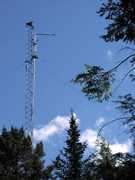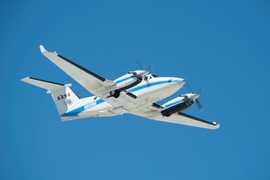
Atmospheric Carbon and Transport – America
Atmospheric Composition, Carbon Cycle & Ecosystems, Climate Variability & Change, Weather
- 5
- view all deployment datesDeployments
2017-01-31 2017-03-10 2017-10-03 2017-11-13 2019-06-17 2019-07-27 2016-07-18 2016-08-29 2018-04-12 2018-05-20 - 3
- Platforms
- 17
- Data Products
The Campaign
The Atmospheric Carbon and Transport - America (ACT-America) was a multi-year NASA field investigation focused on analyzing atmospheric carbon dioxide and methane movement across the Midwest, Mid-Atlantic, and southern United States. ACT-America included five deployments from 2016 to 2019 throughout the eastern U.S. NASA's C-130 and B-200 aircraft gathered measurements of greenhouse gases and aerosols in the atmosphere. ACT-America was part of the Earth Venture Suborbital 2 (EVS-2) projects.
N: 45°N
S: 30°N
W: 90°W
E: 60°W
Additional Notes
Repositories

C-130 Hercules

Permanent Land Site

Beechcraft B-200 King Air

C-130 Hercules
Events
Filter data products from this campaign by specific platforms, instruments, or formats.
